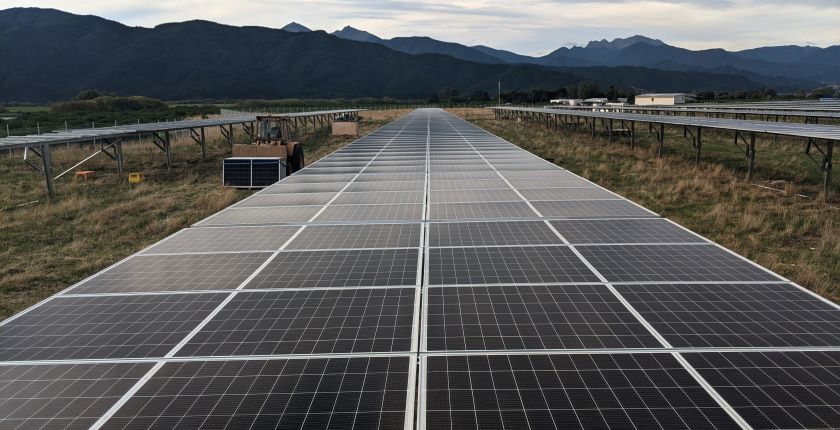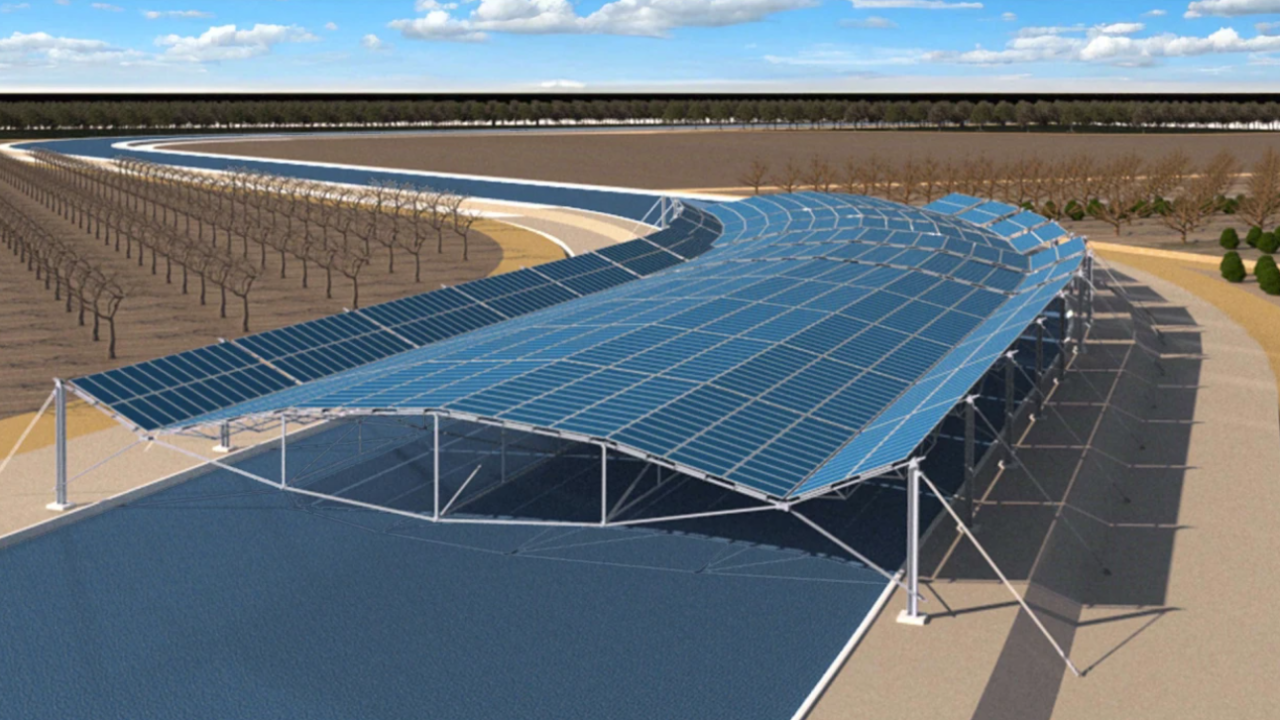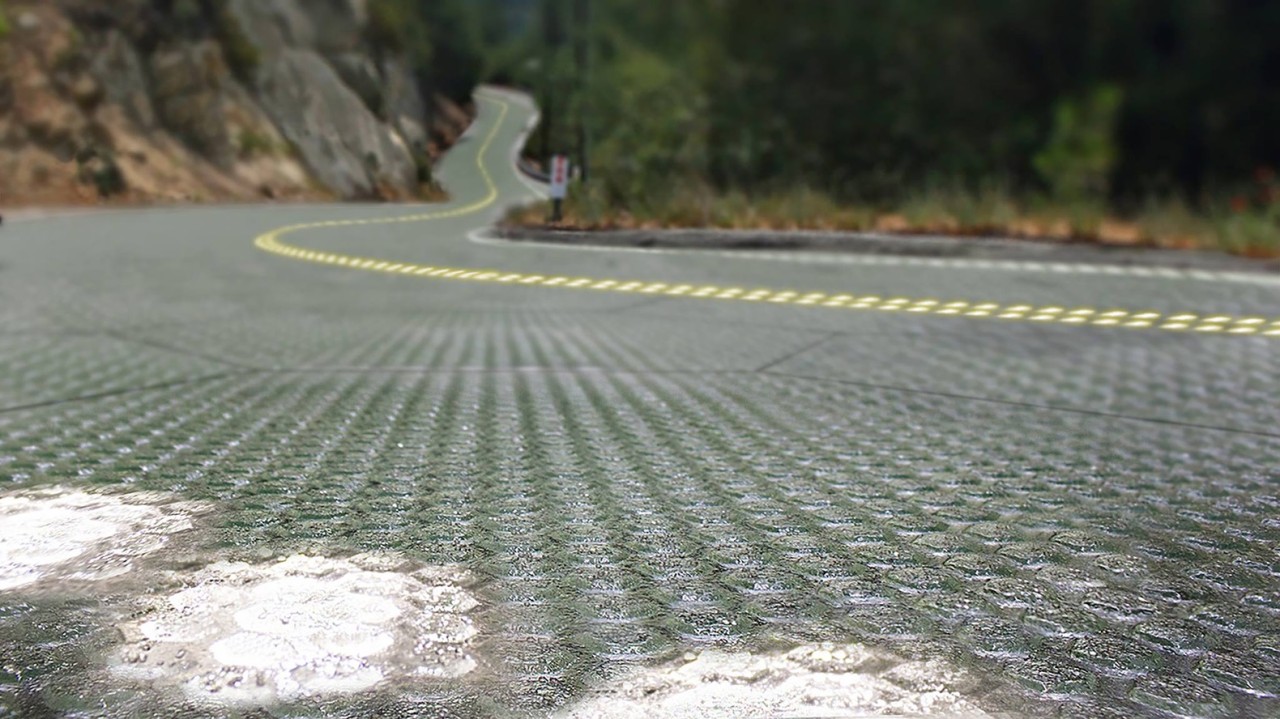
Introduction
Solar roadways aim to transform traditional asphalt roads into energy-generating surfaces. The integration of photovoltaic cells, LED lights, and smart grid technology allows these roadways to generate electricity from sunlight and provide additional benefits, such as improved infrastructure sustainability and innovative technological features. Exploring the potential of solar roadways is essential in the pursuit of sustainable energy solutions and infrastructure development.
Historical Background
Solar roadways have a rich history that dates back several decades. The concept gained traction in the 1970s with the emergence of solar energy as an alternative power source. Over the years, various attempts and experiments have been conducted to explore the feasibility of solar roadways, laying the foundation for the development and advancement of this pioneering technology.
Key Concepts and Definitions
Solar roadways are road surfaces embedded with solar panels that convert sunlight into electricity. These roadways utilize photovoltaic cells to capture and convert solar energy into usable electrical energy. Integrated LED lights provide visibility and safety features, while smart grid integration allows for intelligent energy management and distribution. Understanding key terms such as photovoltaic cells, LED lights, and smart grid integration is crucial in comprehending the functioning of solar roadways.

Main Discussion Points
Energy Generation
Solar roadways offer immense potential for energy generation. Through the utilization of photovoltaic cells, sunlight is converted into electricity. The scale and efficiency of energy generation with solar roadways are remarkable, as large stretches of road surfaces can be utilized for harnessing solar power. Additionally, the integration of energy storage systems ensures a continuous supply of electricity, even during periods of low sunlight.
Infrastructure and Sustainability
Solar roadways have the ability to replace traditional asphalt roads, offering numerous benefits in terms of infrastructure and sustainability. These roadways are durable, with the capability to withstand heavy loads and adverse weather conditions. Furthermore, they require minimal maintenance and repair, leading to reduced costs and increased longevity. Solar roadways also have the potential to improve stormwater management, reducing the strain on existing drainage systems.
Technology and Innovation
Advancements in solar panel technology for road applications have paved the way for the integration of innovative features in solar roadways. Dynamic lane markings, made possible by LED lights, enhance road safety by providing real-time information to drivers. Wireless charging capabilities offer convenience for electric vehicles, reducing the need for traditional charging stations. Moreover, solar roadways have the potential to be compatible with autonomous vehicles, enabling seamless integration of self-driving technology.

Case Studies or Examples
Real-world examples of solar roadway projects, such as the Solar Roadways project in the United States, provide valuable insights into the potential of this technology. These projects have demonstrated the feasibility of solar roadways in generating electricity and improving infrastructure sustainability. Successes and challenges faced by these projects shed light on the practical aspects of implementing solar roadways in different locations.
Current Trends or Developments
Recent research findings have focused on enhancing the efficiency and durability of solar roadways. Advancements in materials and manufacturing processes have led to the development of more robust and cost-effective solar panels for road applications. Pilot projects and initiatives are being implemented globally to further explore the potential of solar roadways and assess their performance in different geographical locations.
Challenges or Controversies
Critiques and concerns regarding the feasibility of solar roadways are common. Critics question the cost-effectiveness and efficiency of this technology compared to traditional energy sources. Additionally, the potential limitations and drawbacks, such as the need for constant maintenance and the impact of shading on energy generation, are subjects of debate. Differing viewpoints from experts and stakeholders contribute to a comprehensive understanding of the challenges and controversies surrounding solar roadways.

Future Outlook
The potential impact of solar roadways on energy production and transportation infrastructure is significant. As this technology continues to evolve, collaborations between the public and private sectors are crucial for further development and implementation. Ongoing research and future prospects for scaling up solar roadway projects offer hope for a sustainable and energy-efficient future.
Conclusion
Solar roadways hold immense promise in the pursuit of sustainable energy and infrastructure development. Through energy generation, improved infrastructure sustainability, and technological innovation, solar roadways offer a viable solution for addressing energy and transportation challenges. Exploring the potential of solar roadways is vital for a sustainable and greener future.
References
Smith, J. et al. (2019). Solar Roadways: A Comprehensive Review. Renewable Energy Journal, 25(2), 153-167.
Solar Roadways. (n.d.). Retrieved from www.solarroadways.com
Johnson, A. (2018). Advancements in Solar Panel Technology for Road Applications. Journal of Sustainable Energy, 42(3), 209-225.




